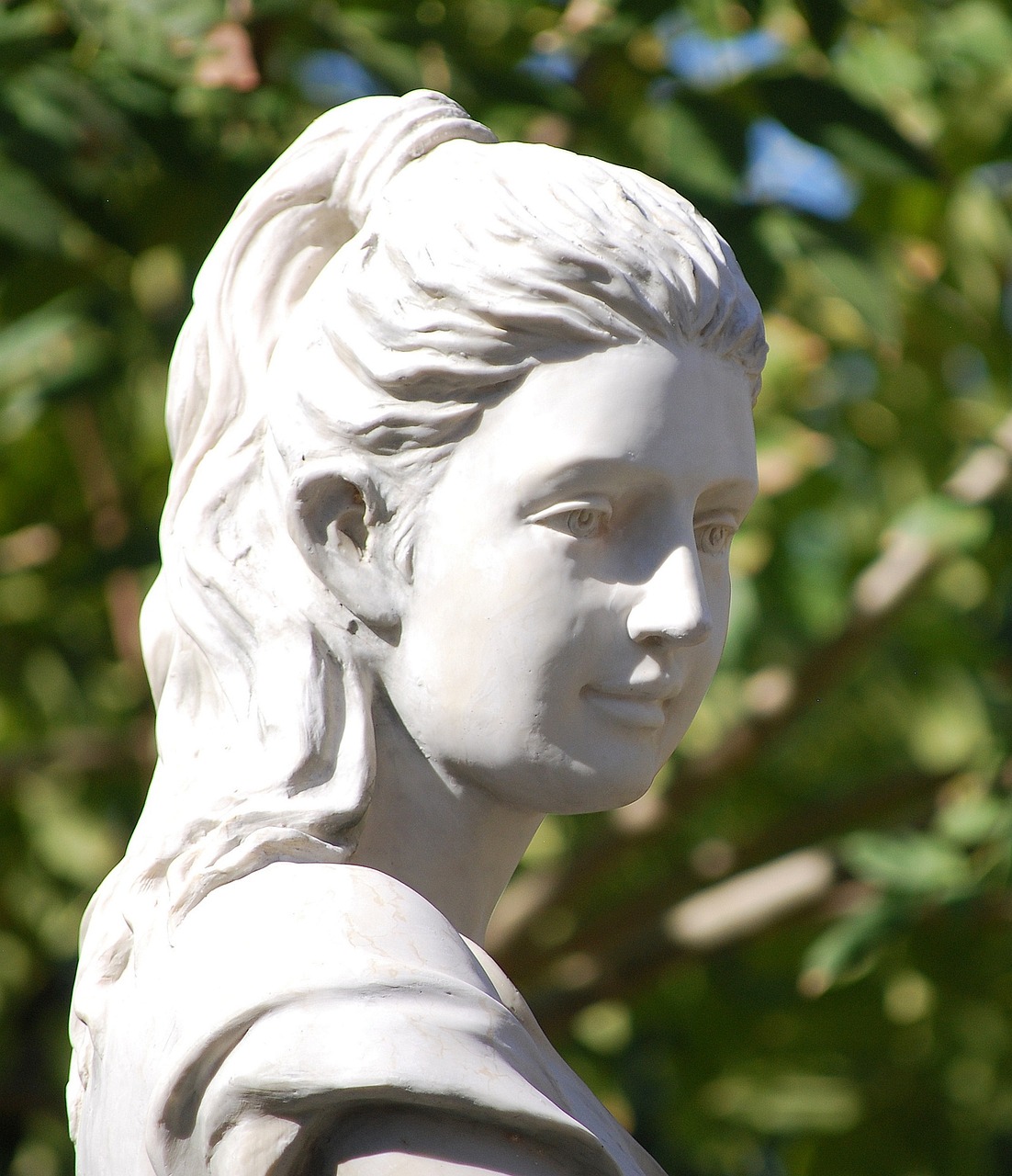Overview of Juno in Roman Mythology
Juno, also known by the Latin name Iuno, occupies a significant role as the queen of the Roman gods and the consort of Jupiter, their king. Esteemed as a protector and advocate for women, particularly in the spheres of marriage and motherhood, her mythology and visual representation were largely derived from the Greek goddess Hera. As a pivotal deity in Roman culture, she had notable sanctuaries on both the Aventine and Capitoline Hills, where she was venerated alongside Jupiter and Minerva at the illustrious Temple of Jupiter Optimus Maximus. In art, she is frequently portrayed adorned with a crown, emblematic of her queenly stature.
Juno and Her Greek Counterpart
In the realm of mythology, Juno aligns closely with her Greek equivalent, Hera, sharing similar attributes as the queen of the gods and guardian of domestic life. While Juno’s narratives and iconography have roots in Hera’s, she serves more prominently as a civic deity, earning a broader acceptance across the Roman Empire, expressed through her numerous titles that reflect her varied roles in worship.
Key Attributes of Juno
Juno bears striking resemblances to the Greek goddess Hera, typically depicted as a regal figure robed in a chiton and cloak, frequently veiling her head. A crown and a scepter or patera are mainstay elements of her iconography. The peacock, admired by Juno, appears often in ancient representations, further emphasizing her connection to beauty and royalty.
Juno’s Relationship with Aeneas
In the epic narrative of Virgil’s Aeneid, Juno emerges as the primary divine adversary to Aeneas, the Trojan hero destined to found Rome. Her animosity towards Aeneas is well established; she harbors a deep resentment for all Trojans, bolstered by her protection of Carthage—the city fated to fall to Aeneas’ descendants. Throughout the Aeneid, Juno employs various means to thwart Aeneas’s quest, invoking storms and inciting conflict, ultimately grappling with the realization of his predetermined success in establishing Rome.
The Dual Roles of Juno
Juno presides over two primary domains in Roman society: women’s lives and state affairs. She is regarded as the guardian of all women, particularly those who are married. The concept of “juno” evolved into a generalized term signifying the protective deity accompanying a woman throughout her life, with her male counterpart known as the genius. Her divine influence encompasses various aspects of femininity, including childbirth, marriage, and domestic rituals.
Iconography and Attributes
The attributes associated with Juno resonate with those symbolizing her Greek counterpart, Hera. She is often adorned with a crown, holding a scepter or a libation bowl, complemented by her beloved peacock. Juno Regina, one of her most significant representations, was primarily illustrated standing or seated, adorned in a tunic bearing a crown, often accompanied by symbolic wildlife.
Etymology and Alternate Names
The term “Juno” is derived from Latin roots linked to youthfulness, likely stemming from iuvenis, meaning youth, suggesting associations with growth and femininity. Additionally, the Etruscan goddess Uni is seen as a counterpart to Juno, symbolizing Juno’s intersection with early Italian cultures.
Titles and Divine Epithets
In Roman tradition, Juno is honored under numerous titles and epithets that reflect her expansive roles, ranging from Juno Regina as the “Queen Juno” to Juno Lucina, the goddess overseeing childbirth. She also took on specific roles in civic and martial contexts, such as Juno Moneta, who was linked to the state and its financial matters.
The Family and Mythological Narrative
Juno’s genealogy mirrors that of her Greek counterpart Hera, with her lineage tracing back to the Titans Saturn and Ops. The family tree showcases her siblings, including Jupiter, Neptune, and Ceres—deities integral to Roman belief.
Origins of Juno’s Cult
The roots of Juno’s worship are thought to have originated from central Italy, with potential ties to the Sabines, who were noted for their early dedication to her. The notion that Juno was once a local goddess brought to Rome aligns with the historical accounts of her veneration that surged during the establishment of Roman power.
Juno’s Influence Among the Romans
In Roman storytelling, Juno frequently embodies the traditional themes of marital strife and jealousy associated with Hera. Her involvement in tales surrounding the founding of Rome often casts her in a role of opposition to its growth and expansion, particularly in her interactions with Aeneas and the ensuing struggle with the Latins.
Worship and Temples Dedicated to Juno
In the heart of Rome, Juno held a prestigious place within the Temple of Jupiter Optimus Maximus on the Capitoline Hill, where she received adoration as the alongside Jupiter and Minerva. Various temples and sanctuaries dedicated to her were scattered across Rome, including those celebrating her as a goddess of childbirth and marriage.
Festivals and Rituals
Juno’s significance was marked by a burgeoning array of festivals throughout the Roman calendar, where rituals were tailored to her divine aspects. Special observances were devoted to her role as a protector of women and motherly figure, intertwining her worship with both communal and domestic practices significant to Roman life.
Foreign Influences and Popular Culture
Juno’s cult was shaped by foreign ideologies and practices, notably from the Greek traditions. The goddess also stands as a prominent figure in contemporary culture; her name has been adopted in various contexts, including the NASA space probe Juno aimed at exploring Jupiter and the 2007 film that touches on themes of youth and motherhood.
Keywords:
Title:



